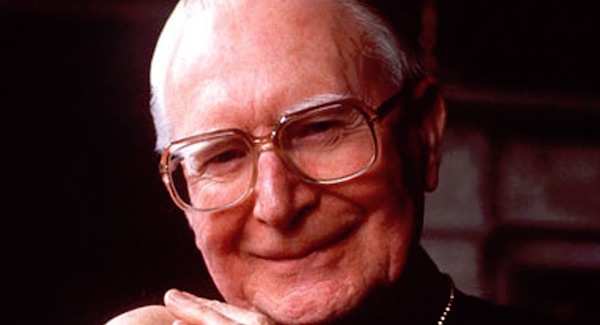
Secret links between the British government and the Catholic church have been revealed in classified government papers released this week.
The influence extended to directing the choice of a new Catholic Archbishop of Armagh and Primate of all Ireland, the most senior position within the Catholic church in Ireland.
Documents show how Britain approached the Vatican following the sudden death of the progressive Cardinal Tomas O Fiaich in May 1990 to find a more amenable figure to replace him.
Details are contained among almost 800 previously confidential state files released this week.
A memo to direct rule minister Brian Mawhinney documents a meeting with the goal of transmitting “an appropriate message” to the Vatican in order to initiate a “consultation” over the appointment of a successor to Cardinal O Fiaich.
The British, who regarded Cardinal O Fiaich as sympathetic to republicans and were angered by his stance on prison conditions and the hunger strike of 1981, were keen to find a more right-wing replacement.
The confidential June 5, 1990, memo from Brian Blackwell in the British Security and International Liaison (SIL) Division said “it would be beneficial to all if the late Cardinal’s successor was someone who could carry forward the Catholic outlook and philosophy on major issues within a more broadly based and tolerant framework than had perhaps been the case in recent years.”
The memo discloses details of a conspiratorial meeting of the British Ambassador to the Vatican with Archbishop Gerada, the Papal Nuncio who functioned as the Vatican’s representative for Ireland. Gerada assured the ambassador that the three names to be put forward “would all be people he knew were well regarded by us”.
London was pushing for Cahal Daly (pictured), then Bishop of Down and Connor, to become the new Primate, and he was duly appointed to the role in November 1990.
‘ORCHESTRATED’ CONFLICT
The documents released this week relate mainly to 1991, though some cover preceding years when some of the most controversial killings of the conflict took place. These include the shoot-to-kill ambush of three IRA members in Gibraltar in 1988, when three unarmed IRA Volunteers - Sean Savage, Daniel McCann and Mairead Farrell - were shot dead by the SAS.
The papers reveal the compromised approach of 26 County Taoiseach Charlie Haughey who believed that a series of killings was being “orchestrated”. However, he urged only the British government only to keep the bodies of the Gibraltar Three away from Dublin, to avoid embarrassing protests.
Haughey’s views were the subject of a confidential despatch to the foreign office by the British ambassador to Ireland, Nicholas Fenn, dated March 11th, 1988, five days after the Gibraltar killings.
Referring to the recent catalogue of British killings in the North, including a number of shoot-to-kill assassinations, Fenn informed London that Haughey believed that “someone somewhere in the British government machine had been orchestrating this scenario”.
Haughey was particularly concerned by the murder of Catholic man Aidan McAnespie at a border checkpoint in County Tyrone weeks earlier, Fenn noted. He “made the point that if ever it was allowed to appear that the security forces have sunk to the level of the terrorist, then the IRA have won that round.”
But in conclusion, Haughey asked the ambassador not to make an official report of their discussion. The request which went unheeded. “He is suspicious and distrustful but... seems still to be casting about for salvaging a relationship he knows he needs,” Fenn wrote.
![[Irish Republican News]](https://republican-news.org/graphics/title_gifs/rn.gif)
![[Irish Republican News]](https://republican-news.org/graphics/title_gifs/harp.gif)

